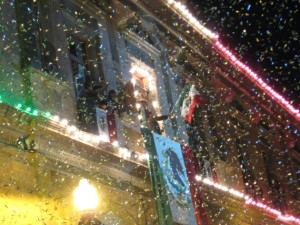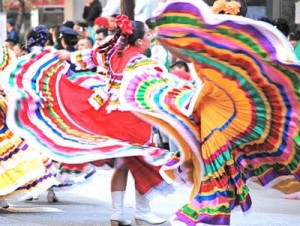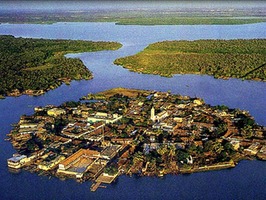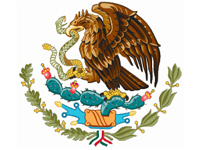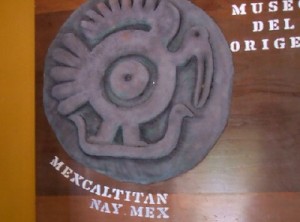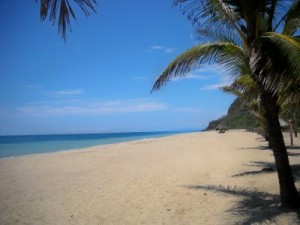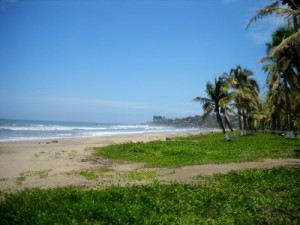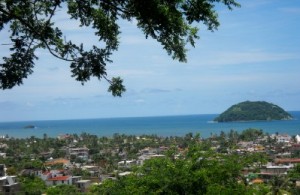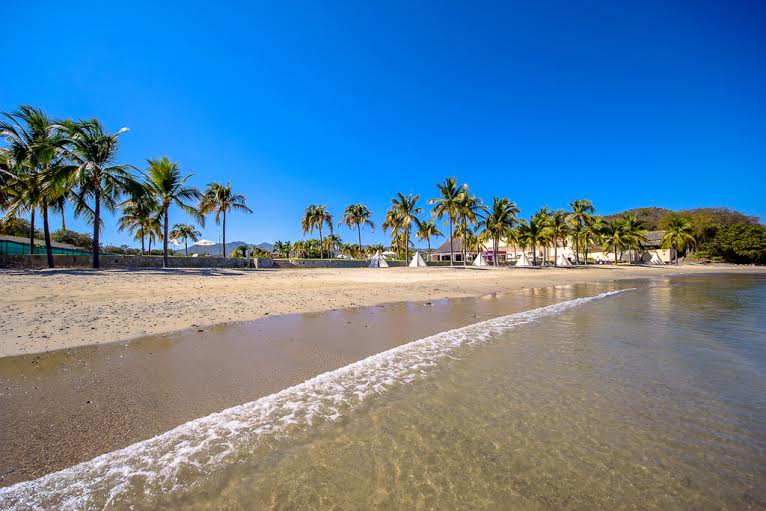Nayarit Snorkeling Beaches
 The Riviera Nayarit may be a relatively undeveloped tourist region, but it is booming with tropical nature and exotic wildlife and is starting to catch on as a popular travel place. Located along the Pacific Ocean, the Mexican state of Nayarit is said to have some of the best snorkeling in western Mexico according to History.com.
The Riviera Nayarit may be a relatively undeveloped tourist region, but it is booming with tropical nature and exotic wildlife and is starting to catch on as a popular travel place. Located along the Pacific Ocean, the Mexican state of Nayarit is said to have some of the best snorkeling in western Mexico according to History.com.
Although not yet well studied, the Mexican Pacific coral reef along the Nayarit coastline draws abundant sea life. The ocean water in this region is relatively warm and rich in nutrients, so large varieties of tropical fish flourish here, including manta rays, eagle rays, moray eels, puffer fish, needlefish, king angelfish, jack fish, damselfish, Moorish Idol fish, starfish, seahorses, octopuses, sea turtles, dolphins, whales, and more.
The coral reefs of southern Nayarit (Riviera Nayarit) that attract these fish are all one type of reef: narrow fringing reefs. These fringing reefs are dense, well-developed frameworks, measuring up to nearly 20-feet (6-meters) thick. Fringing reefs are the most common reef type (the other types are barrier and atoll) and are found near the shore in shallow water. This is great for snorkelers, since the fish swim closer to the shore.
These conditions make for some pretty terrific snorkeling. While there are many beautiful beaches along Bahi Banderas Bay, Bahia Jaltemba Bay, and Bahia Matanchen Bay of the Riviera Nayarit, here are five wonderful snorkeling beaches with fascinating underwater worlds.
 Playa El Anclote
Playa El Anclote
El Anclote Beach is a lovely beach with rock jetties near Punta de Mita. Fabulous snorkeling tours to The Marietas Islands Marine Reserve with its unusual reef formations, such as with lava tubes and caves, are available from this beach.
Playa Chacalilla
Chacalilla Beach is a small beach with clear, aqua-colored water just north of Chacala.
Playa Los Ayala
Los Ayala Beach is a fairly long beach with clear, aqua-colored water just south of Rincon de Guayabitos in Bahia Jaltemba Bay.
Playa de los Muertos
Los Muertos Beach is protected by large rocks on both sides and has calm, clear water just south of Sayulita. Beyond the rocks to the south is the tiny beach of Punta Las Cargadas near four rock islands, which is also a good snorkeling spot.
Playa Gemelas
Gemelas Beach is a pair of twin beaches south of Bucerias and Nuevo Vallarta with clear water and rock formations near Los Arcos National Marine Park.


 him wearing a black patch over one eye with a yellow sash around his waist and a long sword at his side. Could he be a pirate? This man of the sea is an original with 25 years’ experience sailing the ocean blue.
him wearing a black patch over one eye with a yellow sash around his waist and a long sword at his side. Could he be a pirate? This man of the sea is an original with 25 years’ experience sailing the ocean blue. on air. Passing more contemporary boats in the marina on our way out to sea, feeling the soft sway of the boat and smelling the fresh ocean air, we sense the history of this sailing trimaran and realize we have stepped aboard a legend. Before long, the marina is behind us and the wide Pacific Ocean draws us in.
on air. Passing more contemporary boats in the marina on our way out to sea, feeling the soft sway of the boat and smelling the fresh ocean air, we sense the history of this sailing trimaran and realize we have stepped aboard a legend. Before long, the marina is behind us and the wide Pacific Ocean draws us in. and the rolling hills of tropical rainforests in varying shades of green peppered by rock barriers that extend into the ocean.
and the rolling hills of tropical rainforests in varying shades of green peppered by rock barriers that extend into the ocean.
 about her death and are quiet for a time as we journey back to the marina. The ride is calm and smooth as the sun sets on a lovely Nayarit day. Hues of red, orange, yellow, and purple fade into gray as we say good-bye – for now.
about her death and are quiet for a time as we journey back to the marina. The ride is calm and smooth as the sun sets on a lovely Nayarit day. Hues of red, orange, yellow, and purple fade into gray as we say good-bye – for now.


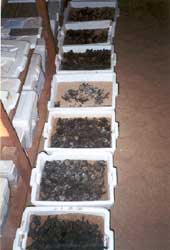
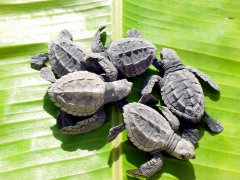
 very passionate about love and life! We went into town and down to the town square. Every pueblo has a town square. And in the town square is where you will find life in the town.
very passionate about love and life! We went into town and down to the town square. Every pueblo has a town square. And in the town square is where you will find life in the town. Driving is a fun way to get around Mexico. There are so many small towns (pueblos) to see and interesting culture to absorb. Some of the streets get over grown due to the heavy rain season or flooded. Everything grows so fast here in Mexico.
Driving is a fun way to get around Mexico. There are so many small towns (pueblos) to see and interesting culture to absorb. Some of the streets get over grown due to the heavy rain season or flooded. Everything grows so fast here in Mexico. and jewelry shops. Conor found a really cool Mayan vortex type of tee shirt, and I purchased a really cool pair of beaded yellow daisy earrings. We walked around town for a while. The market was busy and there were several vendors selling their goods like
and jewelry shops. Conor found a really cool Mayan vortex type of tee shirt, and I purchased a really cool pair of beaded yellow daisy earrings. We walked around town for a while. The market was busy and there were several vendors selling their goods like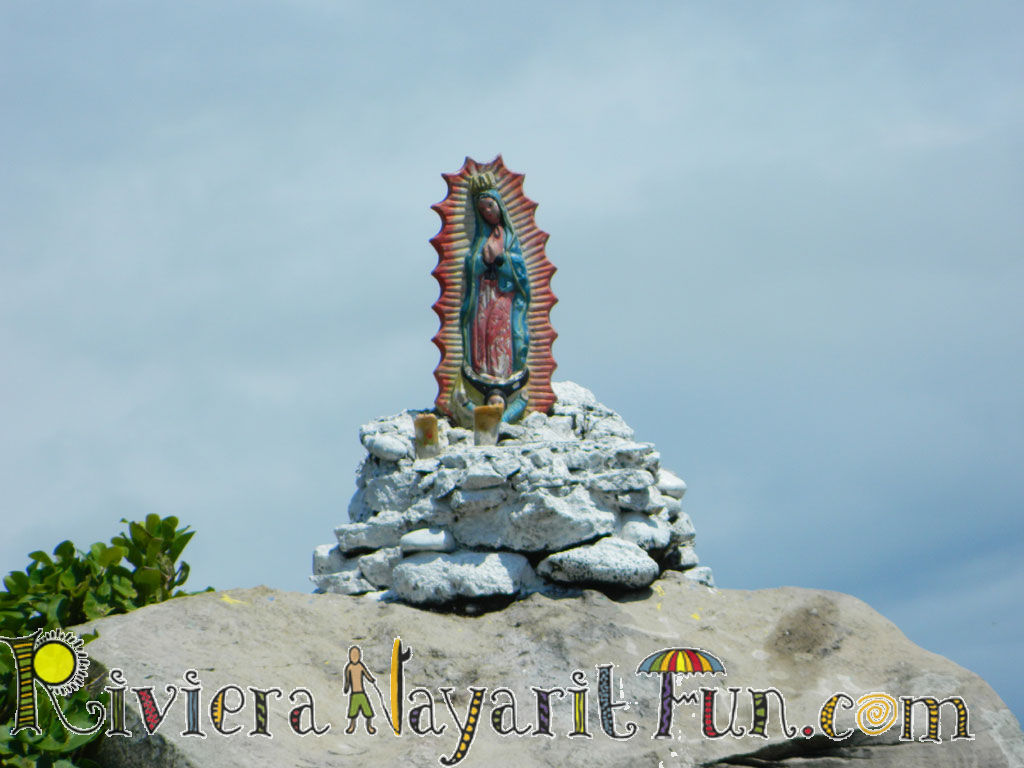 waves to swim in. The beach was flat and the water was warm. We had a blast.
waves to swim in. The beach was flat and the water was warm. We had a blast.